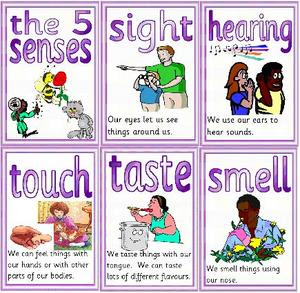There has been much talk about the new Starbucks logo or lack thereof and I figured I’d throw my hat in the ring and give my 2 cents as well.
The concept of a brand shedding its name from a logo to make the logo stand on its own is something that has been done successfully and has its precedent in super powerful brands such as big M for McDonalds, the apple for Apple, the swoosh for Nike etc. The reason why it is a good move for super powerful brands is because removing the name and being non explicit allows people to buy into the brand on a deeper level than if they were spoon-fed the brand with its name incorporated into the logo. . Because the consumer needs to reach out and memorize the icon, the brand ends up owning more brain space in their mind. Brand recognition actually becomes a two-step process of first seeing the icon and then attaching it to the name. While it takes greater effort on the part of the consumer, when they make that effort, they are working harder for your brand and therefore become more loyal toward it.
Starbucks is a super powerful cultural phenomenon that can probably be deemed a cult brand with a huge fan club. Therefore, they certainly earned the right to drop their name and have the icon stand on its own. Doing so can embed their brand even more deeply than it already is into the minds of consumers.
The only issue I have with what they did is that the new logo does not visually look like the original! The mermaid wasn’t the focus of the original logo. When anyone looked at the Starbucks logo previously, I don’t believe they saw a mermaid at all. They saw a ring with the words Starbucks coffee written in it and that’s it. I bet if I had asked a room of people to describe the Starbucks logo, most of them would not have been able to tell you there was a mermaid in there altogether. So the real issue here is simply that removing the name and ring created a visually different effect which no one recognizes or is familiar with and therefore seems awkward . This can be disastrous because people first wonder “Is that really Starbucks?”
What Starbucks should have done is very gradually shift the logo until it became freestanding, similar to Pepsi did which was a very slow and gradual change to a freestanding logo.

























